Collective intelligence in fight against COVID-19 in Nepal

Ram Bahadur Khadka, Clinical Microbiologist
Collective intelligence (CI) ideas have been originated from Aristotle and extensive research has been conducted to this field. Over the past decade, CI has been largely applied due to advances in social technologies and in artificial intelligence (AI). World Health Organization (WHO) declared first outbreak of COVID-19 disease from China on December 31, 2019. Blue Dot health monitoring platform from USA warned its customers from epidemic of an influenza-like diseases in Wuhan, China. It applied methods of CI and forecasted that the novel coronavirus would spread from Wuhan state to nearly closed countries like Thailand, Korea, Taipei and Tokyo.
Pierre Levy, French philosopher defined collective intelligence as “a form of universally distributed intelligence, constantly enhanced, coordinated in real time, and resulting in the effective mobilization of skills. CI unites components of sociobiology, psychology, economics and computer science. For example in nineteenth century, it took nearly 70 years to obtain the 400,000 words that made up the first full edition of the Oxford English Dictionary. A modern equivalent, Wikipedia, receives 1.8 changes per second and sees more than 6 million new pages created per month i.e. it includes a wide range of participatory methods, including crowd sourcing, open innovation, forecasting markets, citizen science and deliberative democracy. CI offers at least four different opportunities to help decision makers and communities solve complex problems:
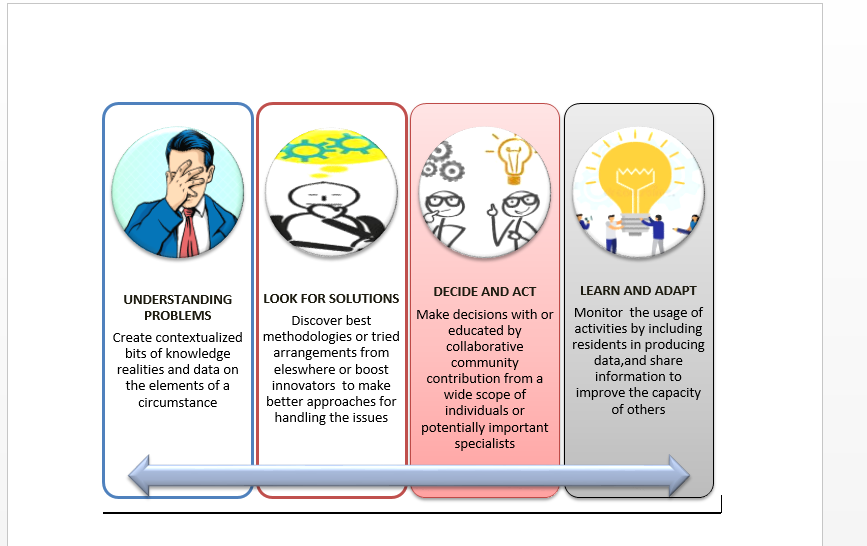
All modern examples of CI are based on bringing together people and / or data or ideas in some way. From this, the central methods in CI can be described in general terms as divided into three categories.
- Connecting people with people: It is the oldest form of CI, which unites people with other people. It can facilitate the collection of distributed information, problem solving, peer learning and forecasting.
- Connecting people with data: It connects people and data and often involves crowds that generate, categorize or filter unstructured data, such as photos or audio recordings. Some methods offer deeper participation in processes beyond data collection, to include participants in the project definition, analysis and evaluation phases.
- Data-to-data connection: It brings together multiple and different data sets to help generate new and useful information. These methods are increasingly using unconventional human-generated data sources, such as social media posts, geo-location of cell phones and sensor data.
There have been several collective intelligence initiatives such as machine and data intelligence, do-it-yourself biological communities, open source test kits, crowd ideas and more.
Here are the top five collective intelligence ideas that can help developing countries fight the corona virus pandemic.
A- Mapping medical supply and demand: Most poor countries cannot afford to buy expensive medical equipment such as ventilators and masks, in some cases they don’t even know what tools they need. COVID-19 front-line workers and emergency services could use a mapping tool that connects local and national supplies, storage, real-time production units and act as required.
This would allow governments to see the needs of different healthcare facilities or even their existing capacity in real time. It would also help local aid agencies, businesses and producers to respond where supplies are scarce.
B- Open source local production: The design and specifications of the tools that can help fight COVID-19, such as PPE and N95 masks, must be made public so that local units with 3D printers and other similar infrastructures can help in the production process. There must be open source projects funded with crowd funding funds for things like making visors or recycled clothes, which also guarantees safety and provides other valuable information.
C- Use of community goods: People living in slums and other similar areas cannot keep their social distances to avoid COVID-19 infection. That’s why schools, churches, stadiums and other similar open spaces must become huge quarantine centers.
Mapping tools such as Open Street Map could be used to identify the location of these resources, in association with municipalities, businesses and community organizations. The humanitarian Open Street Map is already mobilizing its voluntary mapping communities, while Open Cities initiatives have considerable experience in mapping communities for crisis resilience.
D. Smart Surge Response: There is always a shortage of healthcare professionals during the COVID-19 epidemic or other chronic diseases. The trick is to find potential critical points where there are groups of such cases so that the surge voltage rate can be controlled with an appropriate response. Government resources and the humanitarian organization must work together and focus on their goal of fighting the coronavirus pandemic. During the HIV / AIDS pandemic and Ebola epidemics, countries quickly trained and mobilized health workers from affected communities. Community health workers may now be critical to keeping track of the number and symptoms of people with COVID-19
E- Medical Community Discussion: During the COVID-19 pandemic, scientists and doctors around the world discuss daily updates on their research. Nations with low literacy rates have some problems getting public health information. It is time for the global hive mind to unite and have no language barriers and translate everything into local languages. For poor countries with few doctors, mobilizing the collective intelligence of frontline health professionals and humanitarian agencies around the world can help accelerate the generation and distribution of relevant knowledge.
At present day, the treatment of Coronavirus is under investigation among the main developed nations, but its health system has difficulty managing the pandemic. Although the infection curve will soon flatten, the epicenter of COVID-19 could change in the future as less developed nations have no means of fighting the disease. Dealing with the emergence of a new global pandemic is a complex task. But by utilizing CI theory by communities and governments of different countries may help to fight against pandemic of these viral diseases. Collective intelligence generates power when communities work in collaboration, by utilizing technology, to organize and share more information, ideas and to solve problems. It is recommended for Nepal to utilize ideas particularly suitable for dealing with complex and rapidly evolving global problems, such as disease outbreaks.
Khadka is Clinical Microbiologist





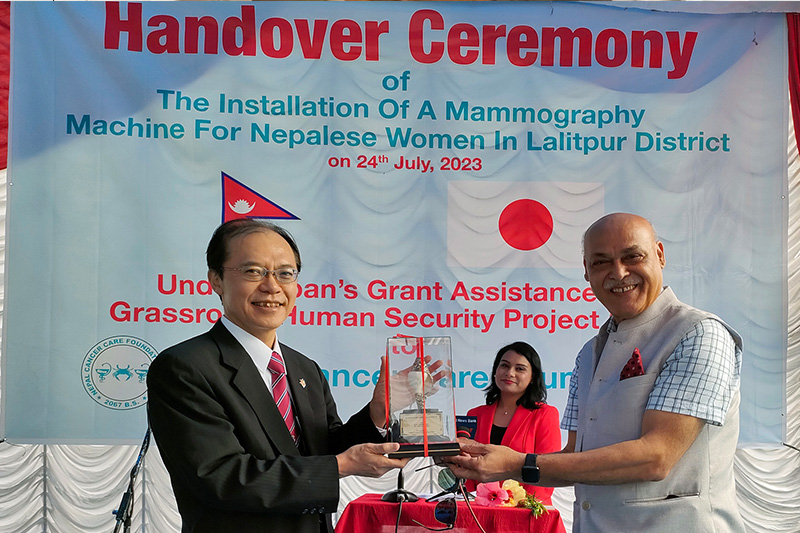
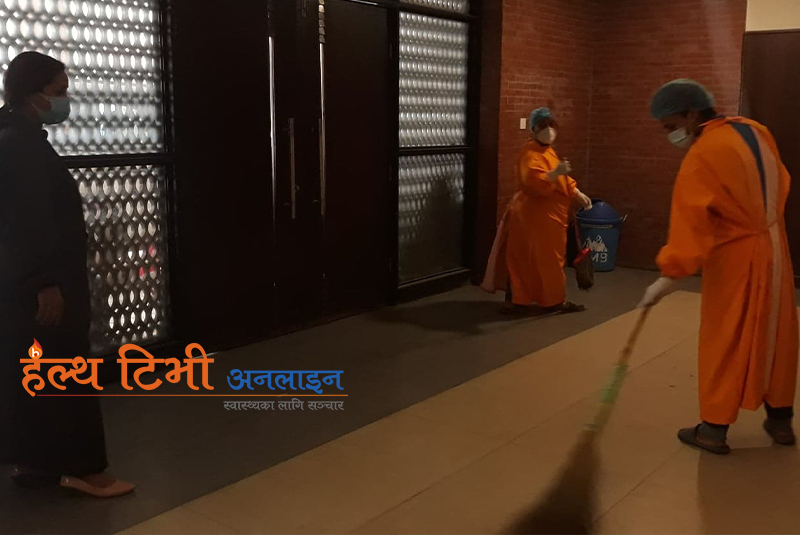



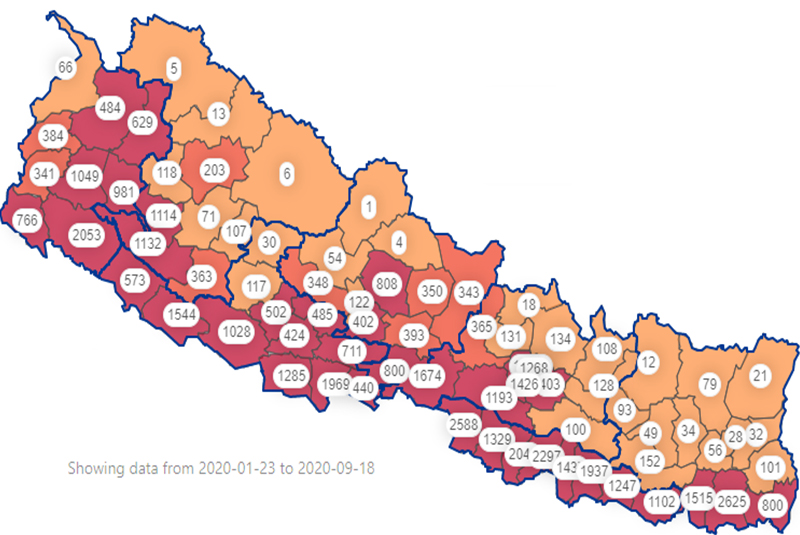
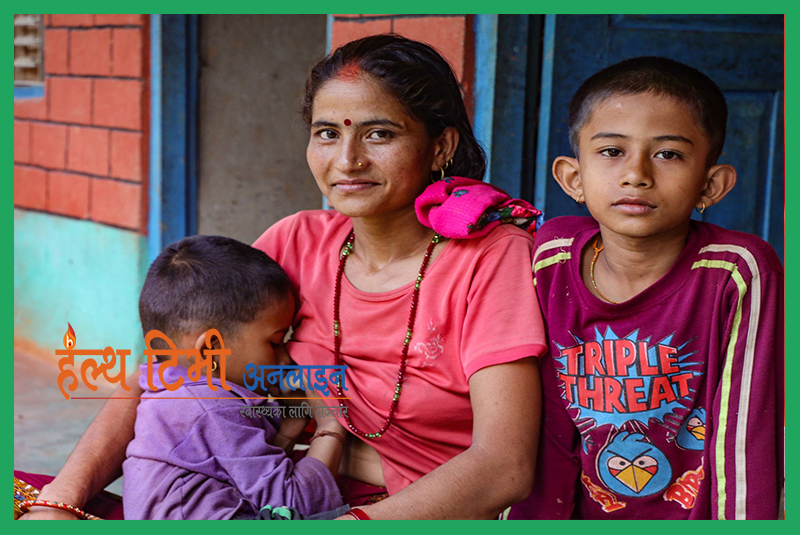
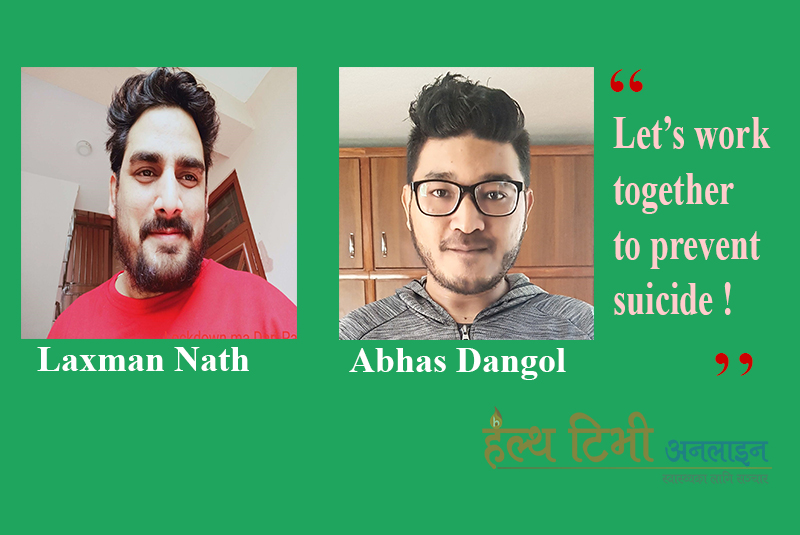
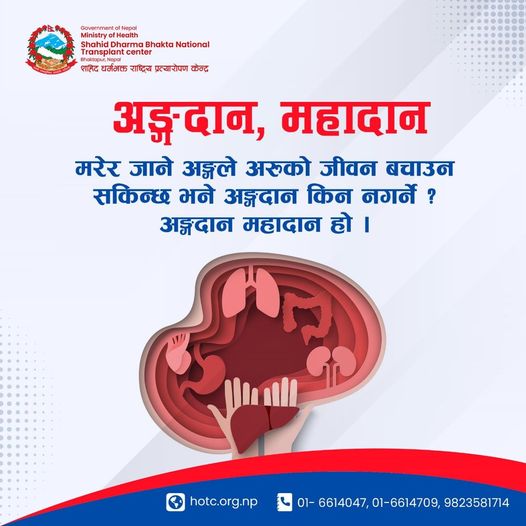
सिगरेटको विकल्प ई -सिगरेट होइन
‘स्ट्रोकको उपचारमा समय सबैभन्दा महत्वपूर्ण मानिन्छ’
वैशाख ६ र ७ गते राष्ट्रिय भिटामिन ए कार्यक्रम, छुट खोप पनि दिइने
शारीरिक गतिविधिले हुने फाइदाहरू
स्वास्थ्य तथा जनसंख्या वैज्ञानिकहरुको सम्मेलन सम्पन्न, विभिन्न विधामा अवार्ड वितरण